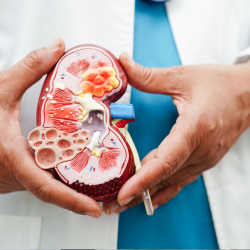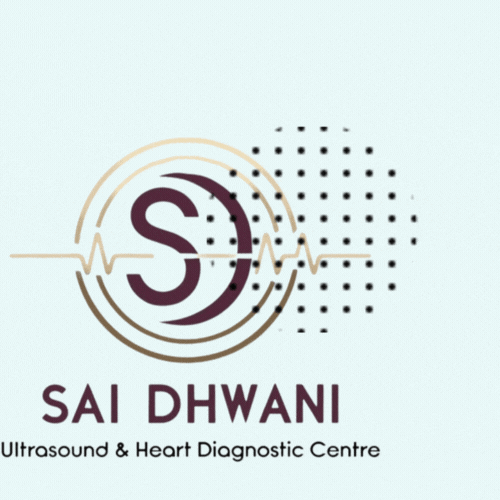Hepato-Biliary System USG
Advanced ultrasound imaging for liver, gallbladder, and bile ducts.
Hepato-Biliary System USG
Hepato-Biliary System Ultrasonography (USG) is a non-invasive imaging technique used to evaluate the liver, gallbladder, bile ducts, pancreas, and spleen. It helps in diagnosing conditions like fatty liver, gallstones, liver cirrhosis, and bile duct obstructions.
Who Needs It?
- Patients experiencing abdominal pain, jaundice, or unexplained weight loss.
- Individuals with suspected liver diseases, such as hepatitis or cirrhosis.
- People with a history of gallstones or bile duct obstruction.
- Patients requiring assessment of pancreatic or spleen disorders.
Why is it Important?

Uses of Hepato-Biliary System USG
Liver Disease Diagnosis
Helps detect liver abnormalities, fatty liver disease, cirrhosis, and liver tumors.
Gallbladder & Bile Duct Evaluation
Identifies gallstones, bile duct obstruction, polyps, and infections.
Pancreatic & Spleen Assessment
Helps in diagnosing pancreatic cysts, tumors, and spleen-related disorders.
Preparation for Hepato-Biliary System USG
Frequently Asked Questions (FAQs)
What is a Hepato-Biliary System USG?
A Hepato-Biliary System Ultrasound (USG) is a diagnostic imaging test used to evaluate the liver, gallbladder, bile ducts, and pancreas for abnormalities such as stones, infections, or tumors.
Why is a Hepato-Biliary USG needed?
This scan is performed to detect liver diseases, gallstones, bile duct obstructions, liver tumors, and other related conditions.
Is fasting required for this ultrasound?
Yes, fasting for at least 6-8 hours before the test is recommended to get clear images of the gallbladder and bile ducts.
Is the procedure painful?
No, the Hepato-Biliary USG is a non-invasive, painless imaging procedure.
